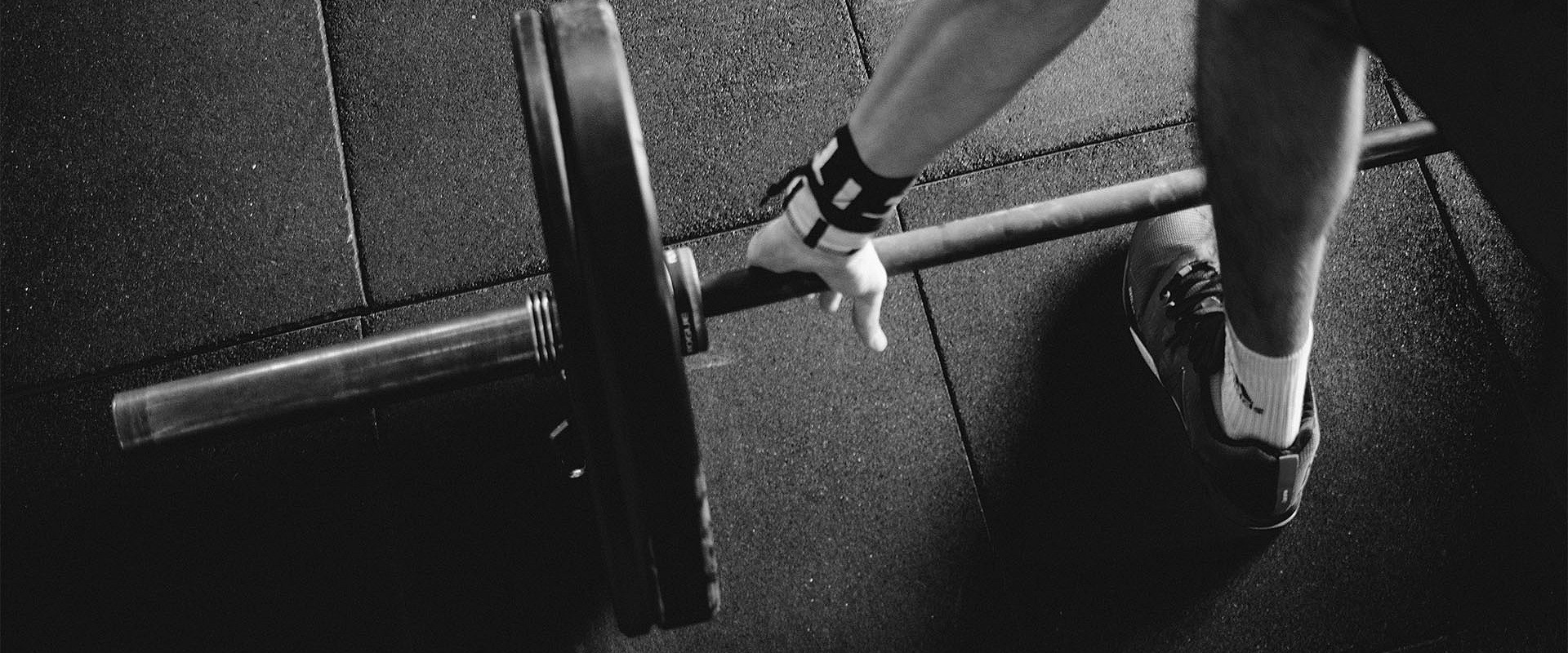
Range of Motion: Does How Far I Can Move Really Matter?
Erin Marsh | November 02, 20
When you see a Physiotherapist or Athletic Therapist, there are several things that happen to help you determine a plan for the type of problem you have. They will ask you questions to better understand the behaviour of your situation, such as your pain or lacking function. They will also assess how much you can move, and how well you can move, your strength and stability, to name a few.
Range of motion(ROM) can either be too little, too much, or relatively normal with an injury. Many individuals attend physiotherapy when they experience too little or too much ROM, as there are many injuries that can cause these two situations to happen. Stiffness, tension, pain, or avoidance of reinjury can all be factors stopping normal motion from occurring. ROM can also be excessive, also known as "hypermobility." This can be due to weakness or lack of joint stability control, age(typically young patients who are still growing will move extremely well), and some genetic conditions can predispose certain individuals to this. The big question is why did this happen, and what can we do about it?
There are several different ways a Physiotherapist or Athletic Therapist will look at your motion, called Active, Passive, and Active Assisted range of motion. This can help determine a little more about what is going on in your body, and what structures may be affected with your issue.
- Active range of motion = how well you can move on your own.
- Passive range of motion =how far the therapist can move you, while you are completely relaxed.
- Active assisted range of motion = how far you can actively move yourself, with a little extra assistance from the therapist.
All of these can help a physiotherapist get a better idea of what/why your range of motion is hindered, and what strategies will help you the best. You may benefit from stretching and strengthening to bring you back to normal ROM, individualized to the areas you are struggling to move through. At this point, it is exciting to see all the pieces come together, from your understanding of your injury, to the progress of your ROM, function and pain.
A few common questions that can come up about ROM:
Could it be normal for me to not have as much motion as someone else, or my previous self?
Not having all the motion you use to have in a joint can be normal for some individuals, and each person will have a different amount of motion. For example, as we age our joint can naturally become stiff through a change called "osteoarthritis." You may find that your knees don't bend or straighten all the way, but otherwise there is no pain or problems completing daily tasks.
When should I be concerned about ROM changes?
- If a sudden change occurs, or if ROM is noticeably different on one side. (Example: I can turn my head to the left to shoulder check, but on my right it feels blocked and I get tension in my neck).
- If an acute injury occurs (sudden injury, usually associated with trauma like a fall, car accident, or sport incident).
- Other symptoms arise at the same time as the loss of motion (swelling, area is hot to touch, bruising, pain, trouble getting comfortable or falling asleep, avoidance of normal daily tasks or positions, a limp, etc)
What is the best way to regain ROM?
The best way to regain motion is to start out relatively gradually. A physiotherapist can help you set your expectations based on your specific situation, and give you an individualized program to help you find your way. The therapist can also apply certain therapies to manage any pain or spasm reactions that occur along the way.
What do I do, if every time I try to work on my ROM I'm in pain?
This is going to be based on your individual situation, but there are several things you can do to help this.-Start gradually, especially if you've been off for a couple days from doing your exercises...Rome wasn't built in a day! Playing catchup can make you sore if you overwhelm the system in one bout.-Make note of the exact situation your pain began to occur, or what you were doing beforehand. This is very useful information for a Physiotherapist to alter your program.-Remember - it is normal for our body to react when we start to do something differently, including rehabilitation. It never hurts(pun intended) to chat with your Physio about this, so they can give you an idea of what to expect for your issue, and give you some peace of mind.-Ask your physiotherapist about the best way to settle down pain when it occurs outside of the Physio clinic.